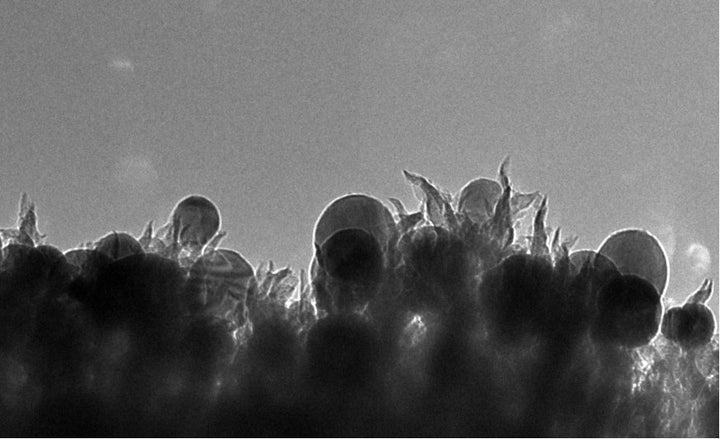From the Big Bang and radioactivity to microwaves and penicillin, history is full of serendipitous discoveries.
Earlier this week, scientists at the US Department of Energy announced an accidental breakthrough of their own – a simple way to turn CO2 into fuel.
After devising a long-winded reverse-combustion process, the team realised that the first stage of the reaction turned the gas into ethanol, a useful fuel.
“We’re taking carbon dioxide, a waste product of combustion, and we’re pushing that combustion reaction backwards with very high selectivity to a useful fuel,” said Adam Rondinone, lead author of the study.
“Ethanol was a surprise – it’s extremely difficult to go straight from carbon dioxide to ethanol with a single catalyst,” Rondinone added.
The catalyst’s hidden weapon is a nanoscale structure made of copper nanoparticles on carbon spikes.

“By using common materials, but arranging them with nanotechnology, we figured out how to limit the side reactions and end up with the one thing that we want,” Rondinone said.
Researchers said the technique could be scaled up for industrial applications because it relies on low-cost materials and can be conducted at room temperature in water.
They added that the process could be used to store excess electricity generated from variable power sources, such as wind and solar.
“A process like this would allow you to consume extra electricity when it’s available to make and store as ethanol,” Rondinone said. “This could help to balance a grid supplied by intermittent renewable sources.”
